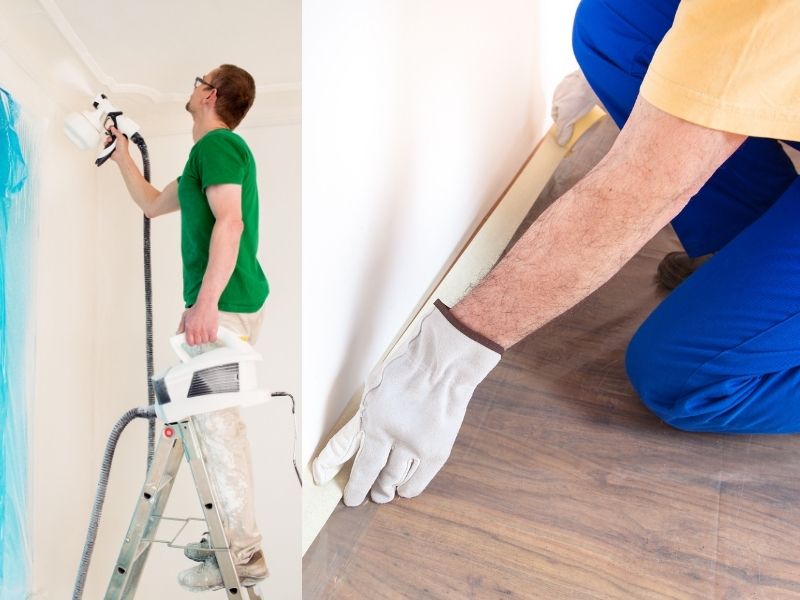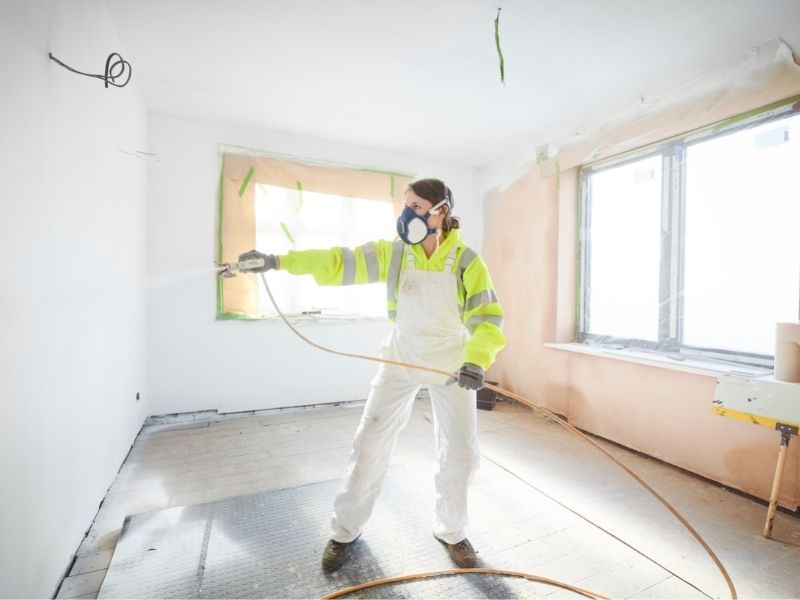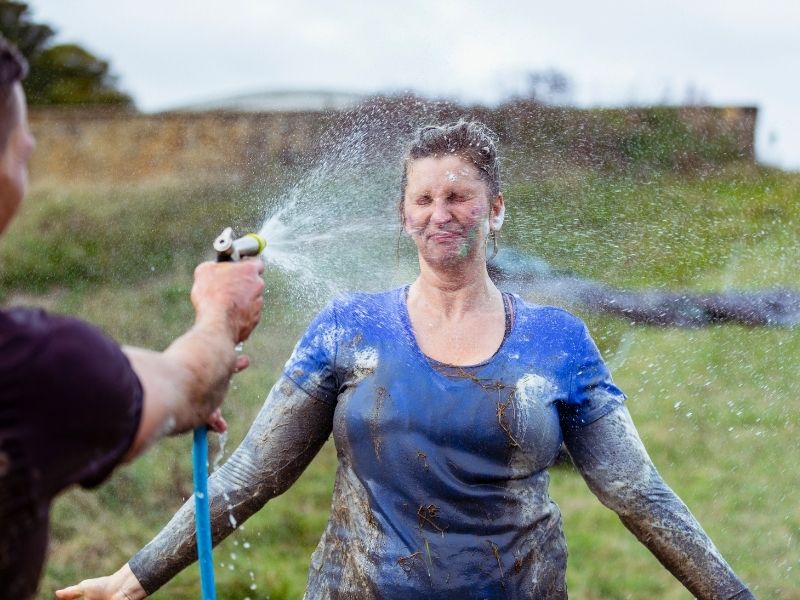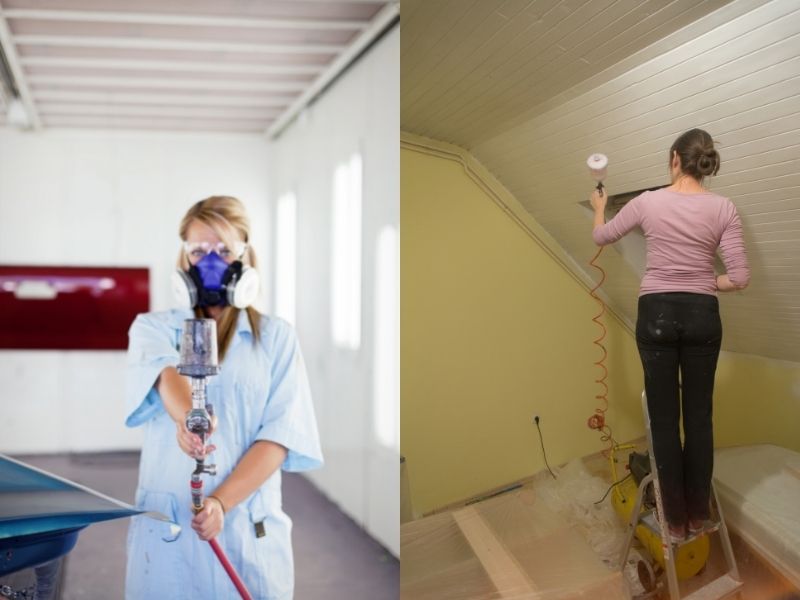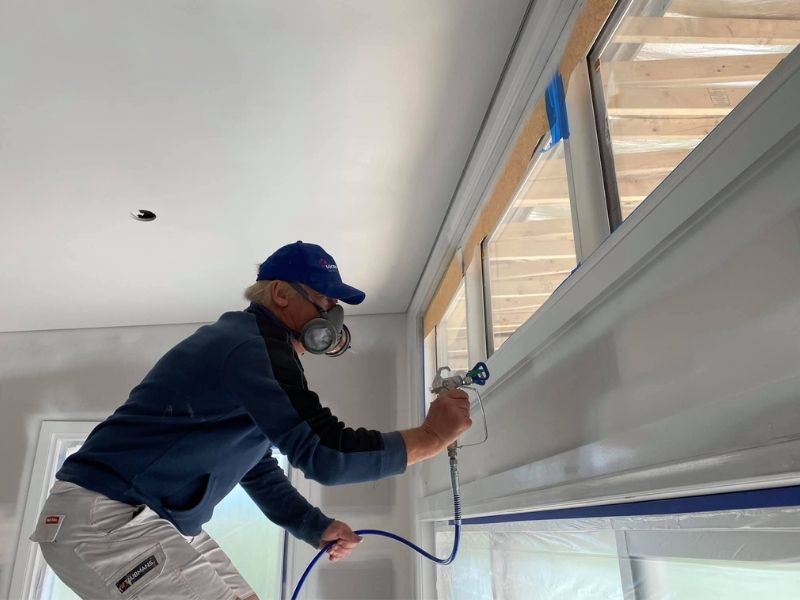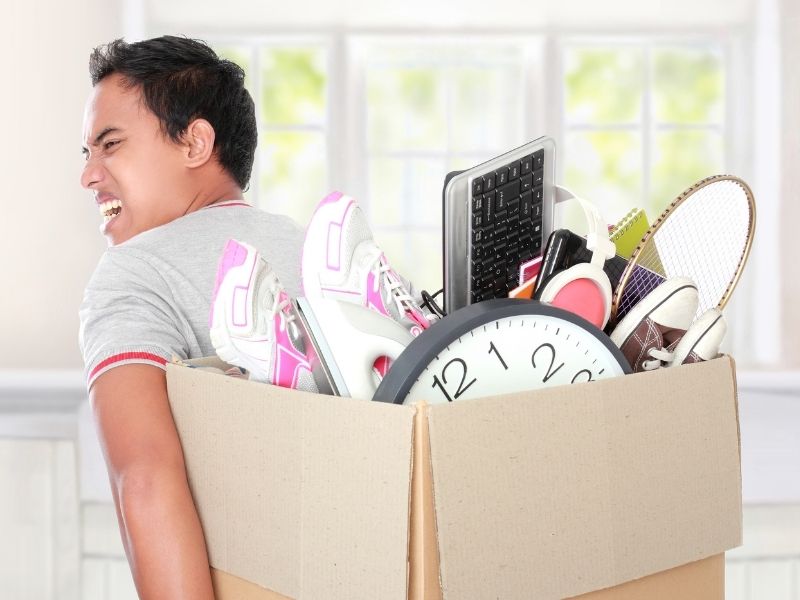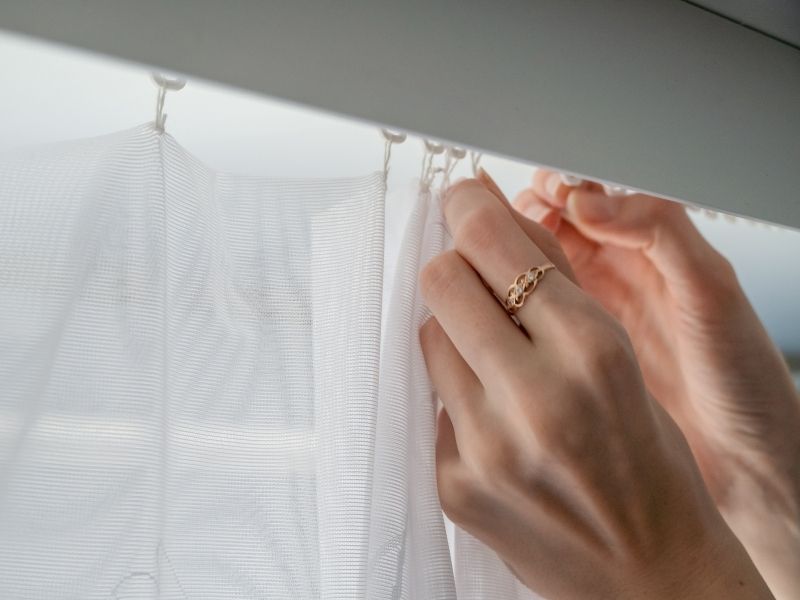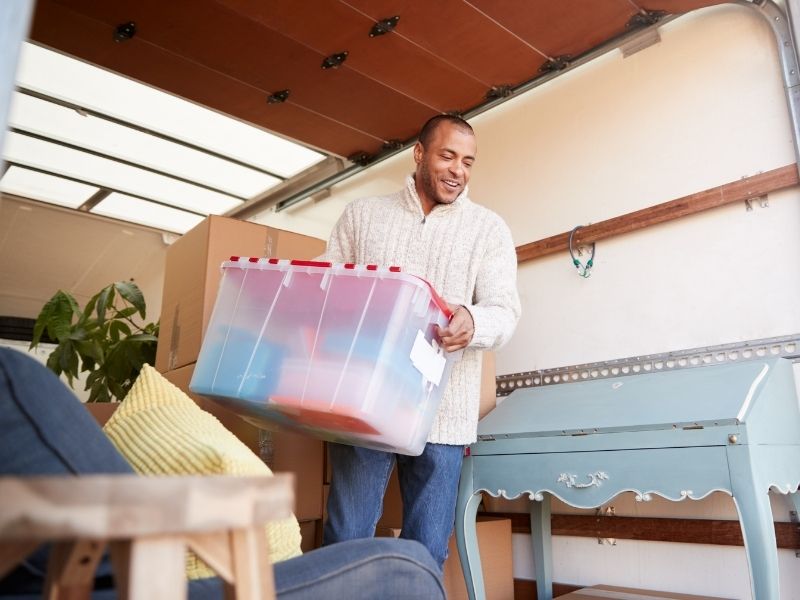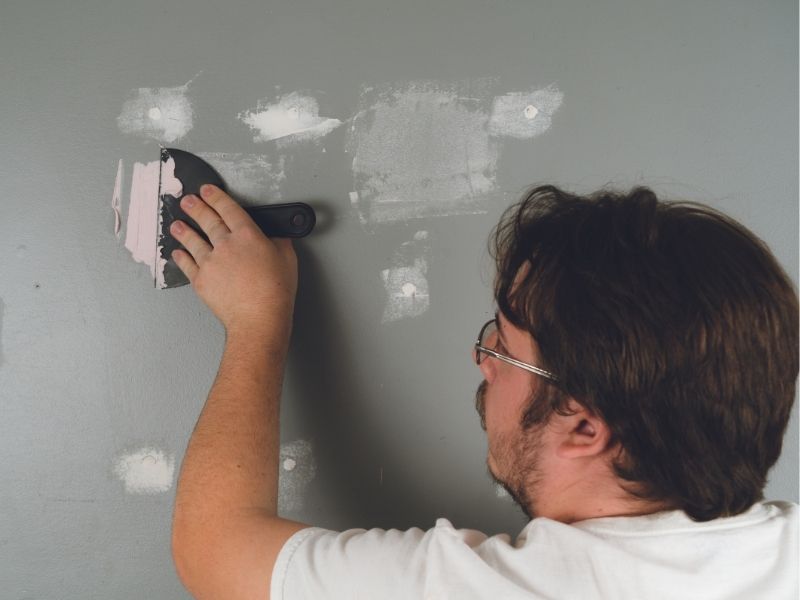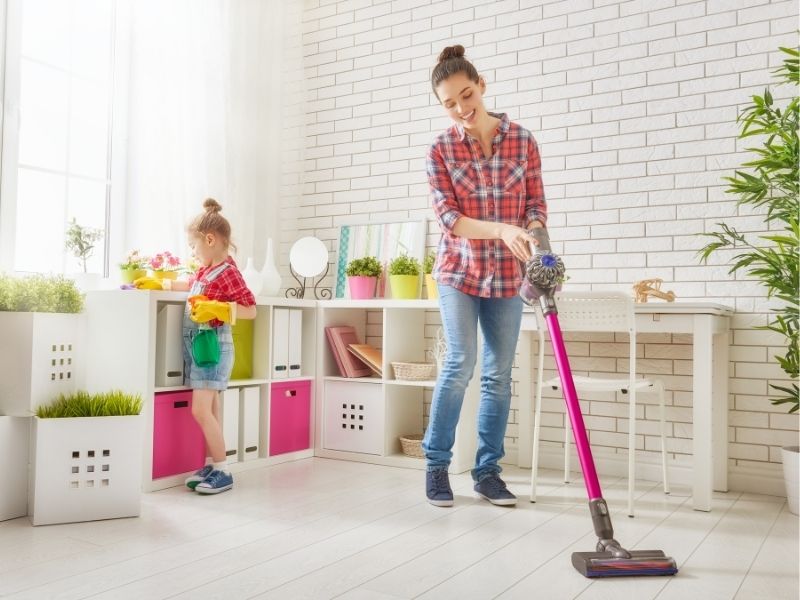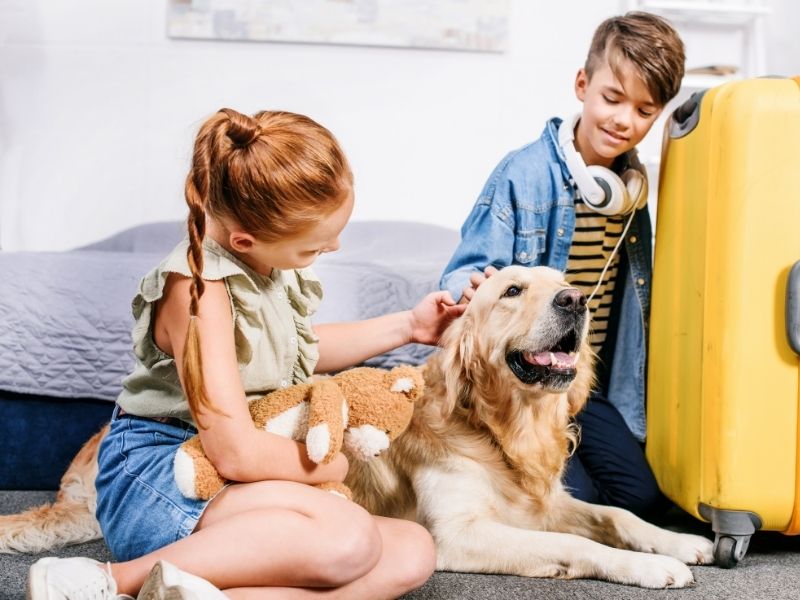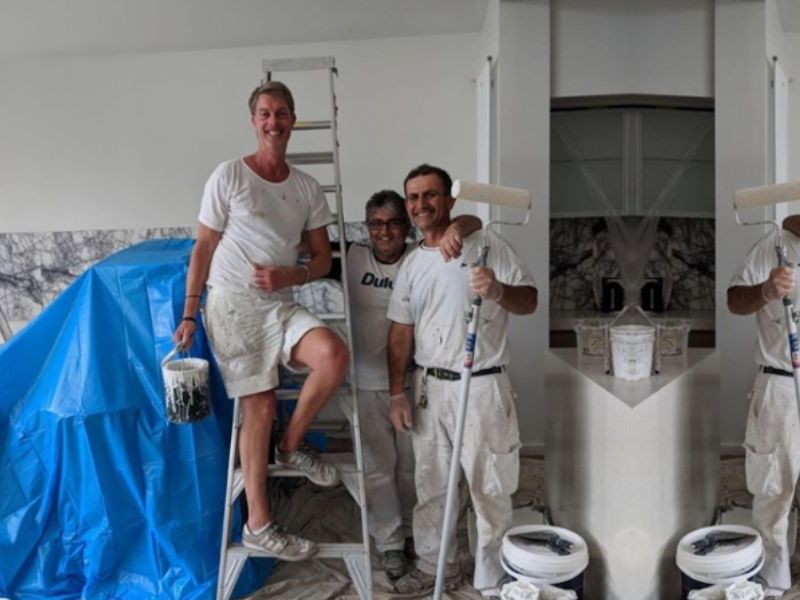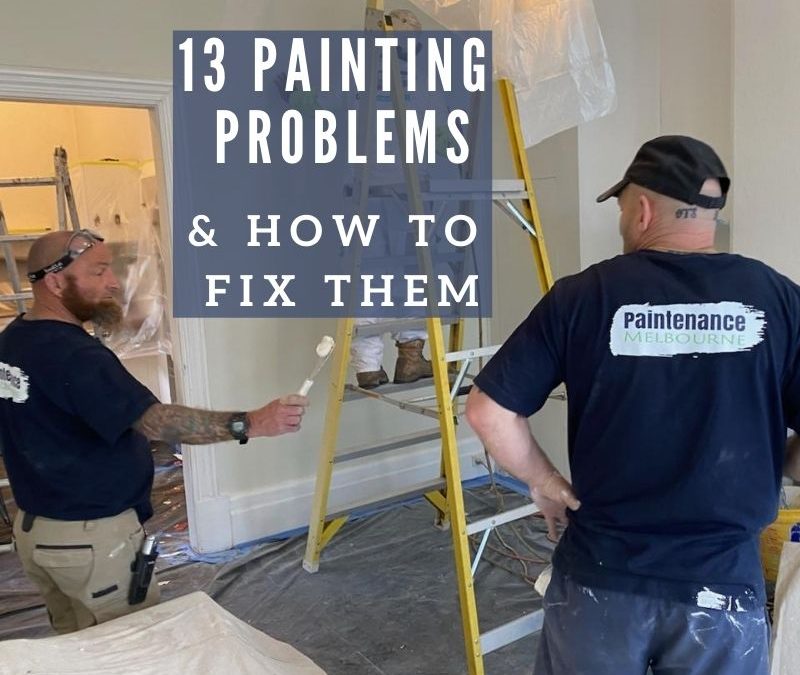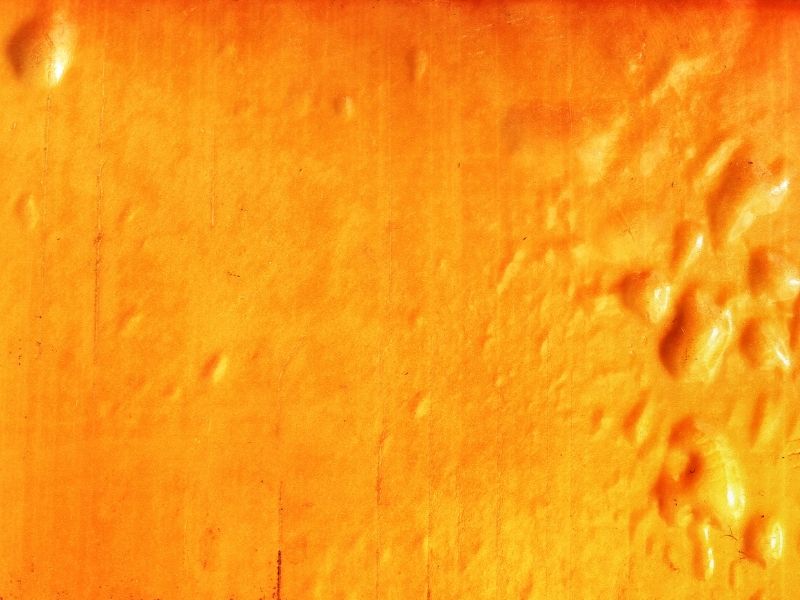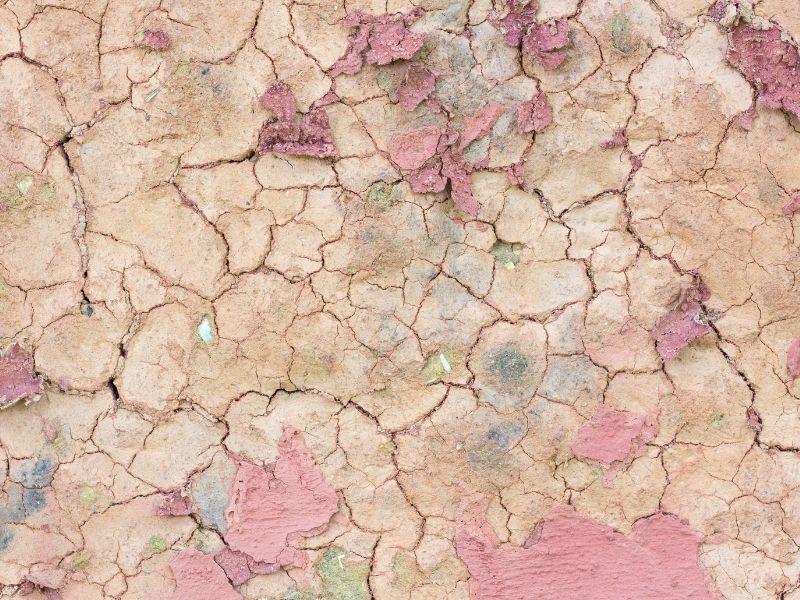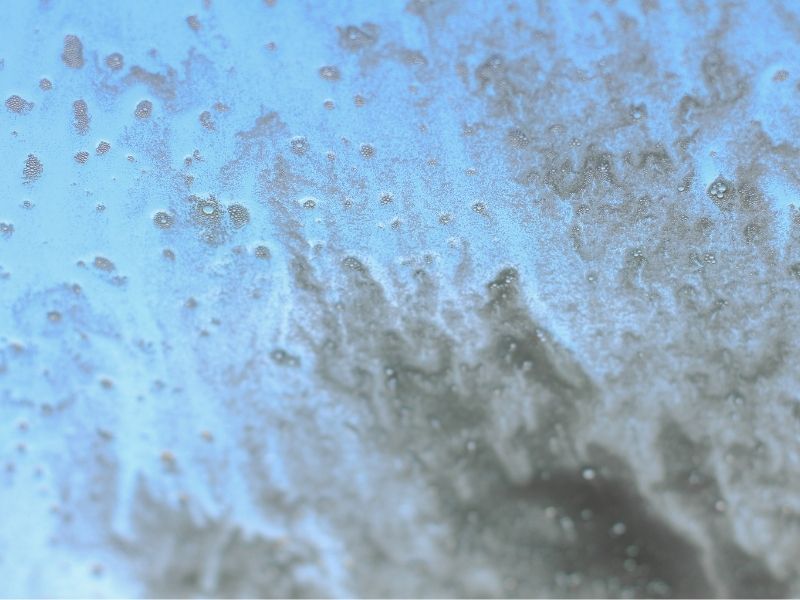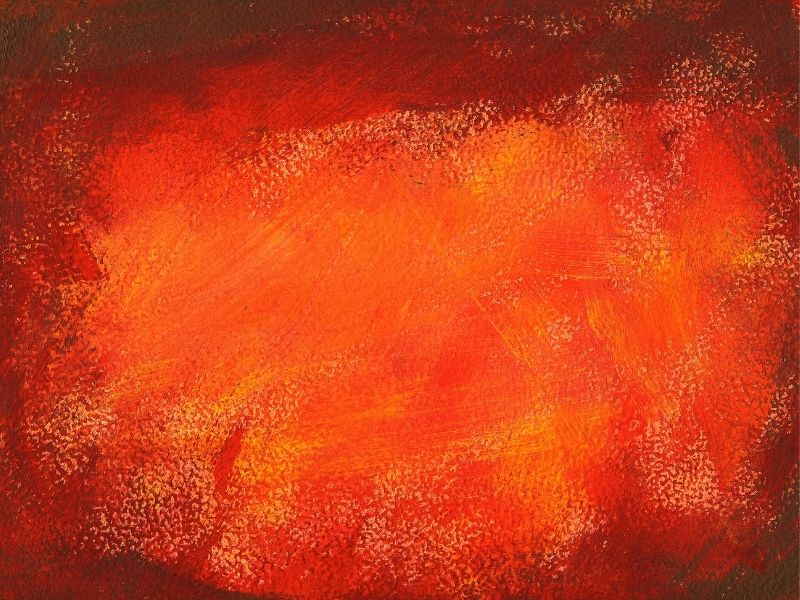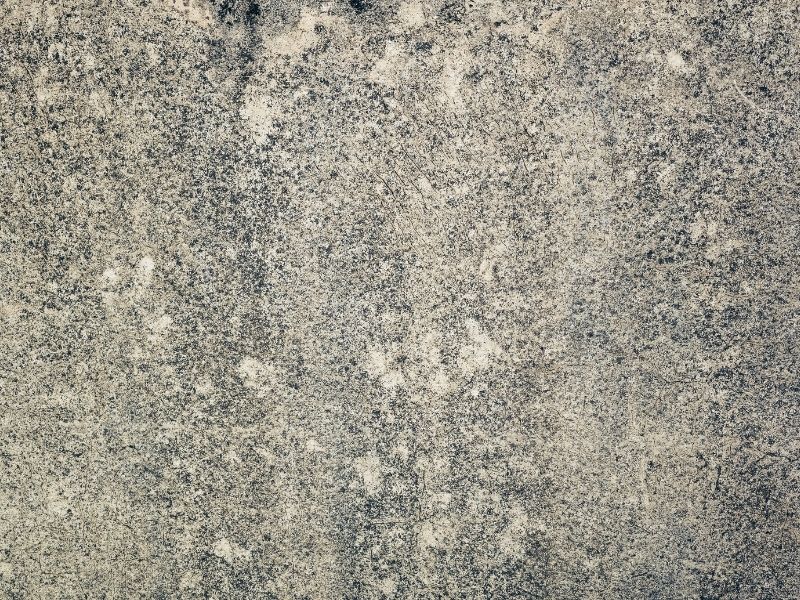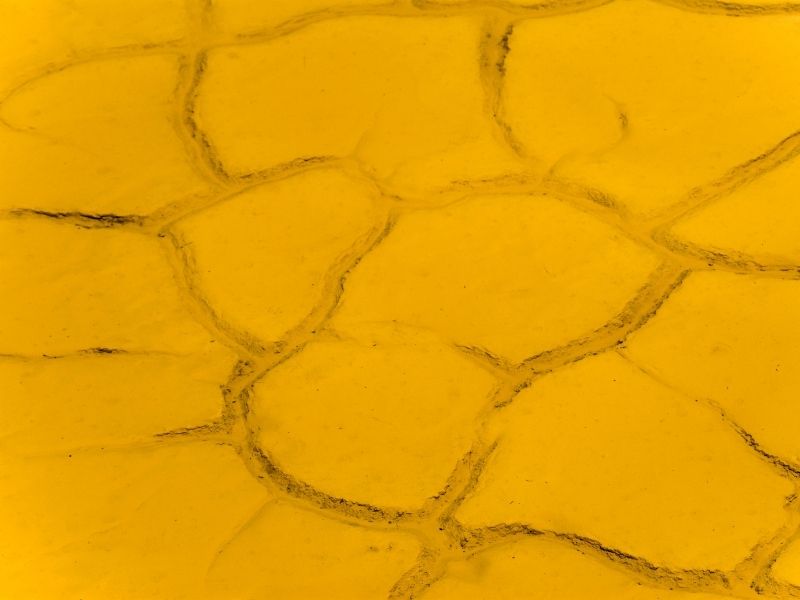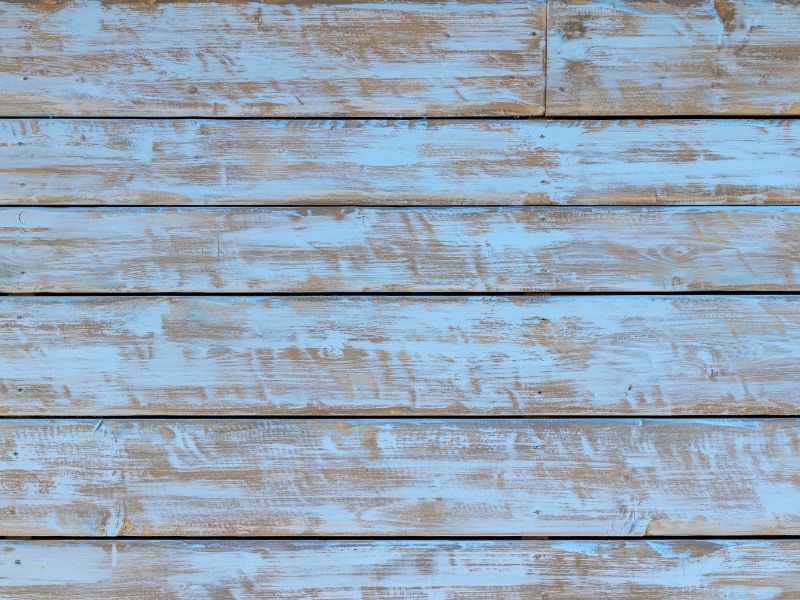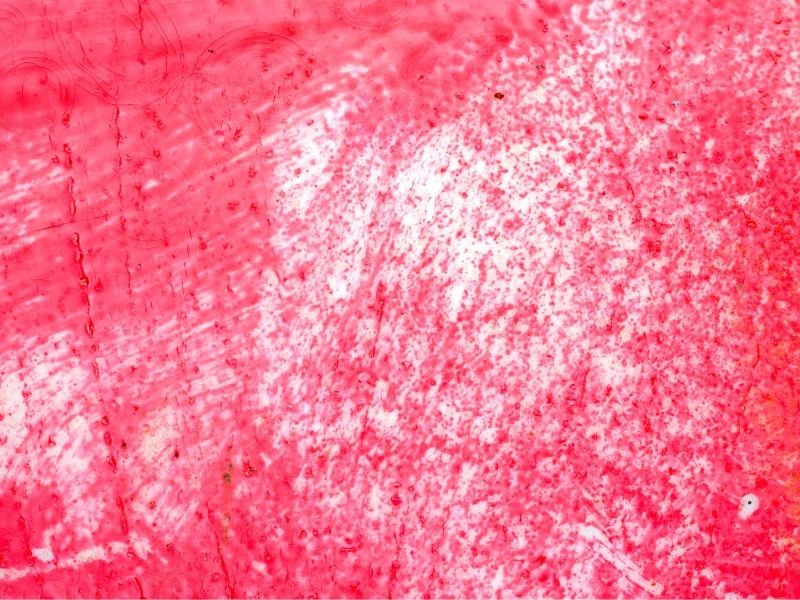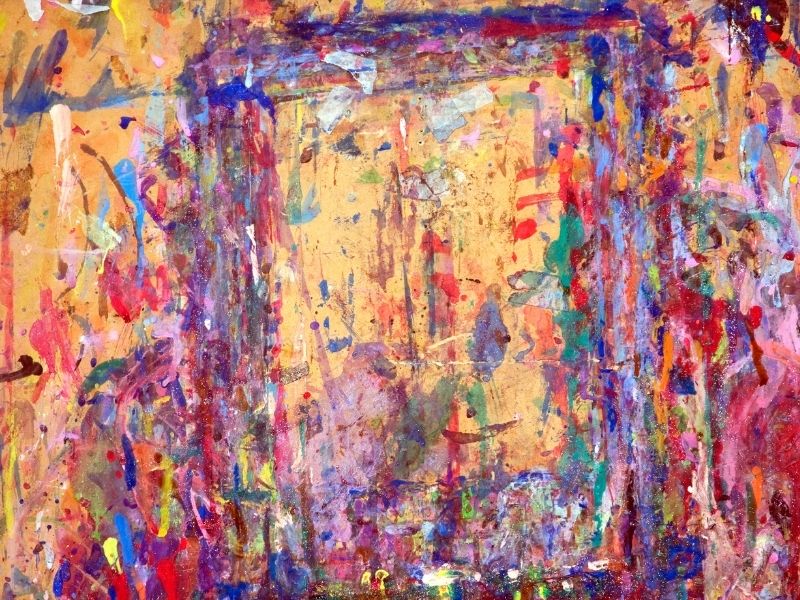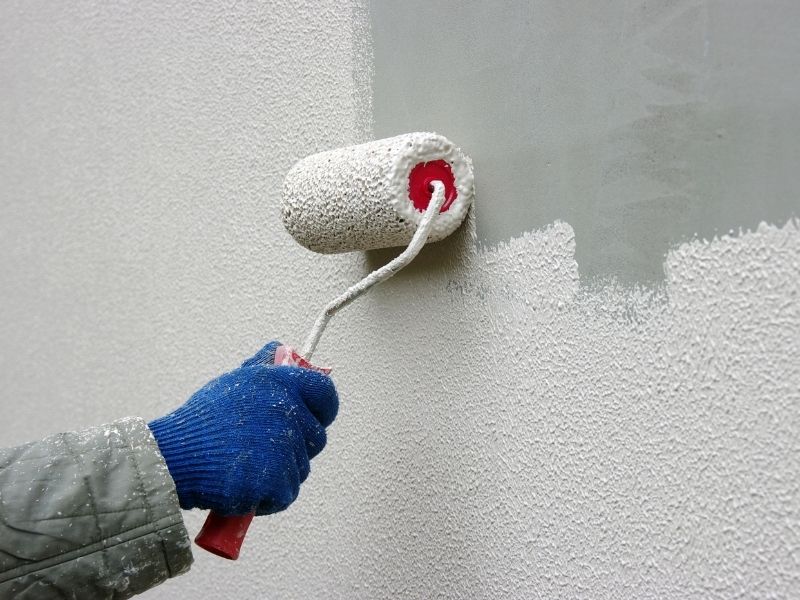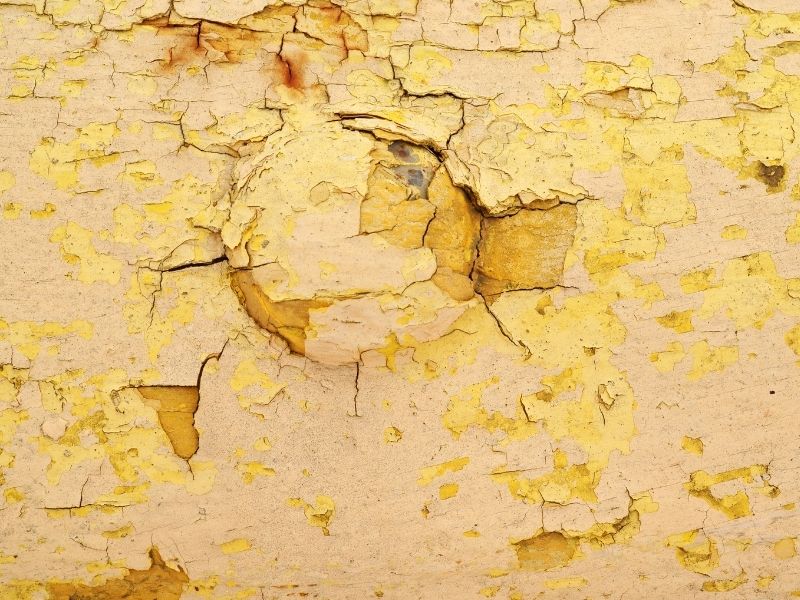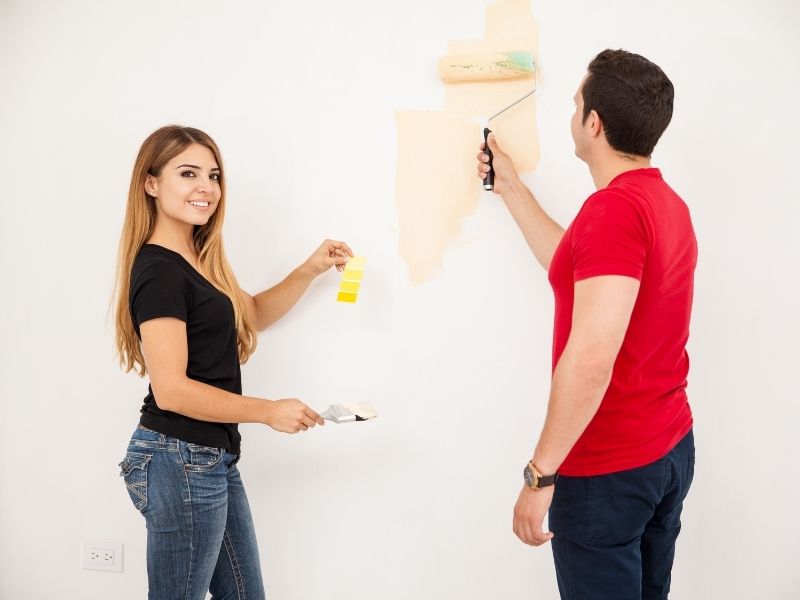
How to Spray Paint Interior Walls
Video: How to Spray Paint Interior Walls *Currently 12k views
Choosing Interior Wall Spray Painting
If you want an alternative to painting your walls with a roller and brushes, then you might consider spray painting.
A lot of professional painters use a mix of spray painting, roller painting and brush painting, depending on the surface being painted.
If you’re just painting a single wall, it may not be worth spray painting. On the other hand, if you have several large areas to paint it might be worth the set-up time.
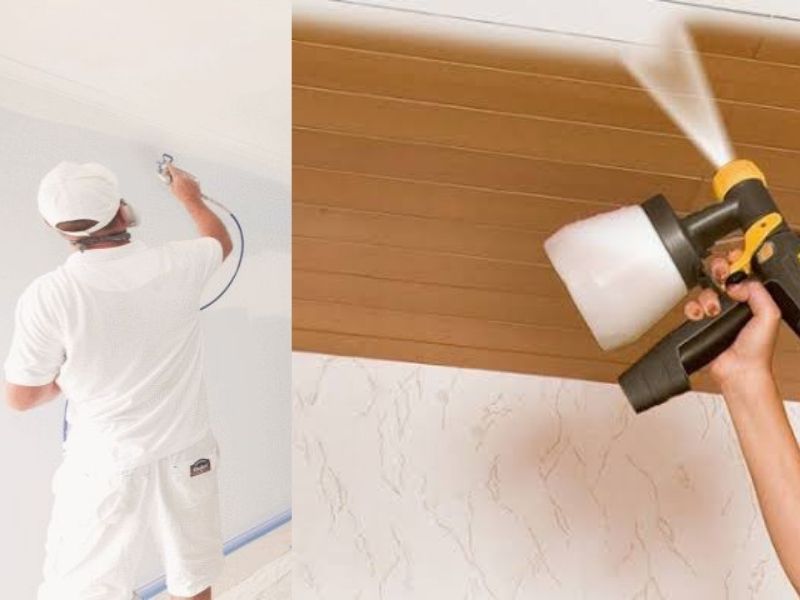
Why would you choose spray painting?
First of all, it’s tough to beat the smooth surface of a sprayed-on paint finish for uniform coverage.
Secondly, you have a bit more control over the finished paint job. Want a perfect finish with razor-sharp lines? Then spray painting is for you.
Thirdly, spray painting can be the fastest way to paint large areas – if you do it right!
Downside of Spray Painting
There’s more preparation involved with spray painting. The techniques are harder to master, and you’ll need more equipment.
It’s also easy to over-spray, so preparation is everything!
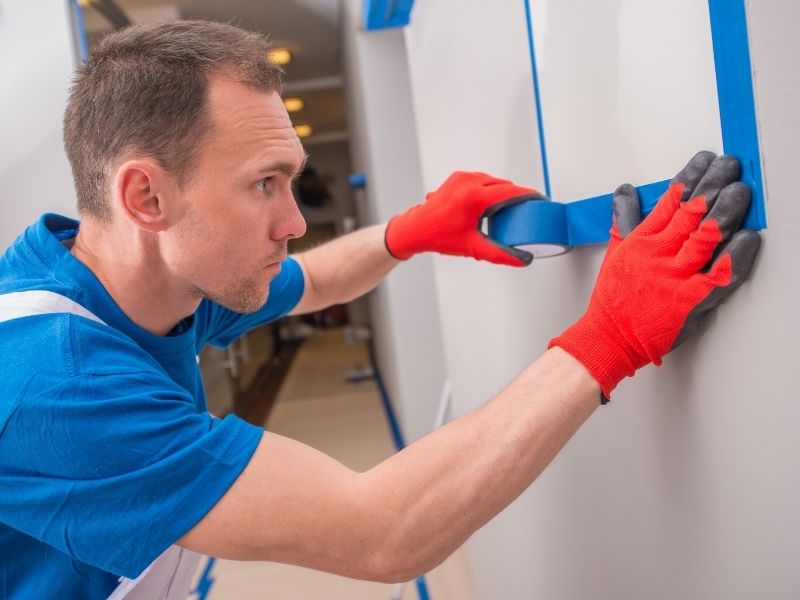
Prepare Your Wall for Interior Spray Painting
Spray paint is thinner than paint you apply with a roller.
This means you should fill all cracks, holes and uneven spots in your walls first.
Your walls should be perfectly smooth, because any uneven places will stand out after you’ve spray painted your walls.
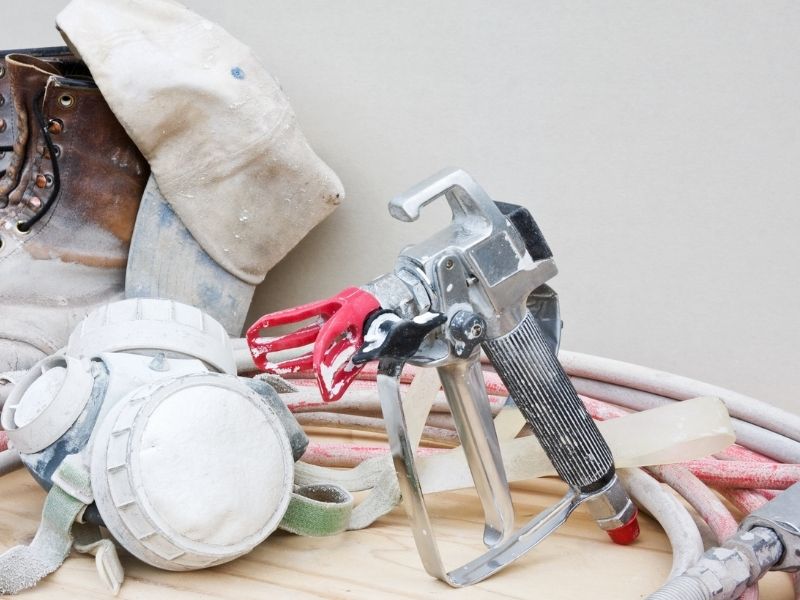
Spray Painting Equipment
If you don’t have your own, you can rent or buy spray painting equipment.
Airless sprayers may be better than sprayers that need air.
Airless sprayers are easier to use, and you won’t have heavy equipment to lug around when spray painting walls in different parts of your home.
Airless sprayers are fast, covering more area in less time than other types of paint sprayers. As a bonus, they handle most types of paint without requiring thinning of the paint.
Also, these types of spray guns create less overspray, which means that more of your paint ends up on the wall instead of in the air!
You will also need:
- A respirator or gas mask
- Eye protection, such as goggles
- Long sleeved clothes
- Long pants
- Head covering
- Drop sheets
- Masking tape
- Plastic and plastic bags
Prepare Your Room for Interior Spray Painting
Spraying paint indoors generates a mist of paint. This mist, or tiny droplets of paint, can cover everything in the room if you’re not careful.
Whatever you don’t want painted in the room, you need to mask.
Cover the floor with drop sheets, taping them to the edges of the wall.
Mask or cover light switches and skirting boards.
Remove heating and air conditioning vent covers. Apply masking tape over any remaining switches and outlets.
Windows should be covered with plastic sheeting, taped around the edges.
Cover doors, sealing off doorways and door jamb edges.
Move as much furniture out of the room as possible. For any remaining furniture, move this to the middle of the room and cover it completely. Allow plenty of space for your tools and equipment.
Cover Yourself
You’ll need to cover and protect yourself while doing interior spray painting.
You should wear old clothes with long sleeves and long pants. Put on old shoes or sneakers, wear a hat and use safety googles.
A gas mask or respirator is recommended to cover your mouth and nose.
Using a Spray Gun
If you’re not familiar with your equipment, read the directions carefully.
Make sure you understand how to fill the spray gun with paint, how to adjust the paint nozzle and how to thin the paint to the right consistency.
It’s a good idea to do a little painting practice on a piece of scrap cardboard or plywood, for example.
Practise so that you can work out the correct distance to spray and stick to that distance while painting.
Set the sprayer in motion before squeezing the trigger. Then release it before stopping when you reach the end of a pass.
Don’t spray paint in a wide arc, as this can cause the paint to be thicker in the middle and thinner on each side.
Hold the spray gun about 250-300mm from the wall and spray in smooth, even sweeps.
Move your whole arm to ensure even coverage, rather than bending at the wrist.
More Interior Spray-Painting Tips
To avoid patchiness, don’t stop until the entire wall is covered.
Spray the outer edges of the wall first, “banding” the area that you will spray and cutting in any corners.
For inside corners, aim the spray tip directly into the corner so it overlaps both sides.
When you have finished the corners, stand in one area and move at a steady pace.
Keep spraying as far as you can reach with the spray gun at a 90-degree angle.
When you move to the next part of the wall, overlap vertically and horizontally. This will help you get an even coat of paint on the walls.
Spray around windows and doors first. Then spray the remaining flat areas using overlapping strokes.
Repeatedly spray paint down the walls, pointing the spray gun tip at the edge of the previous pass and overlap by one-third to 50 percent.
Just as you would do if using a roller and brush, you’ll need to let the paint dry and do a second coat.
Cleaning Up
Allow significant time for the paint to dry before removing masking tape. This will result in crisp, clean lines.
Remove all coverings from furniture and other areas.
Replace any lighting fixtures that you removed and move furniture or other items back into place.
Make sure you clean your airless spray gun after each use. Follow the directions in the user’s manual.
Interior Spray Painting for Faster, Superior Results
For a skilled painter, it can be much faster to spray-paint interior walls than using a roller and a brush.
Preparation and practise are essential for optimal results. Once you get your pacing and rhythm right you can learn to spray paint interior walls quickly and with precision.
You might even find you prefer this method to standard roller and brush painting!
…Or Leave it To the Professionals!
If spray painting your walls (and other areas like ceilings, stairs, fences, woodwork, and cabinetry) sounds like way too much time and trouble to master, then go with the pros!
Paintenance Melbourne is a leader in spray painting. We use the latest equipment and cutting-edge techniques to suit a wide range of paint jobs.
Our expert spray-painting delivers flawless mirror-like finishes in a fraction of the time that more traditional painting methods would take. And certainly, a lot quicker than the average DIY home painter!
Contact us today for a free quote, or to discuss how your next painting job might benefit from our advanced spray painting services.


